Week 14 - STEWING AND LAMB
- Chang Pinky
- Apr 10, 2023
- 6 min read
Updated: Apr 18, 2023
List the method of cookery and dishes to be covered in class
This week we are going to learn about making Lamb Coconut Curry, Baked Butternut Squash, and Vegetable Biryani.
List your learning objectives for the class
Recipe comprehension: We will be able to understand the various measurements and cooking times, and how to adjust recipes based on taste preferences or dietary restrictions.
Time management and organization: Making multiple dishes requires planning, organization, and time management. We will learn to prioritize tasks, multitask efficiently, and prepare dishes in a timely manner.
Flavor balancing: The three dishes have different flavor profiles, and we will learn how to balance the various ingredients and spices to create a harmonious and delicious final product.
Cultural context: These dishes are popular in various cultural contexts, such as Indian and Middle Eastern cuisines. We will learn about the cultural significance of these dishes and the ingredients used, as well as the importance of respecting and appreciating different food cultures.
Discuss your prior knowledge of the content
I am eager to learn more about making Lamb Coconut Curry, Baked Butternut Squash, and Vegetable Biryani in our class. Even though I have no prior experience with these dishes, it's an excellent opportunity to gain new cooking skills and expand my culinary knowledge. With the guidance of our chefs and the support of my partners, I can discover the techniques and ingredients that go into making these dishes, and develop my own unique approach to cooking them.
Background Information
Research and discussion of method of cooking
The general cooking methods of Lamb Coconut Curry, Baked Butternut Squash, and Vegetable Biryani differ slightly. For the Lamb Coconut Curry, the lamb is first seared to create a crispy exterior, then simmered in a coconut-based sauce with various spices until tender. The Baked Butternut Squash is typically cut into cubes, coated with oil and seasonings, and baked in the oven until caramelized and tender. As for Vegetable Biryani, the vegetables are first sautéed in a mixture of spices and oil, then combined with rice and simmered until the rice is cooked through.
Research and discussion of dishes
For historical dishes
According to licious.in, Lamb Coconut Curry is a popular dish in Indian cuisine, particularly in the southern coastal region of Kerala. The dish is believed to have been influenced by the Portuguese who introduced coconut to the region. It typically features a blend of spices, including cumin, coriander, turmeric, and chili, along with coconut milk and sometimes tamarind or curry leaves.
Referring to farmersweekly.co.za, Baked Butternut Squash is a popular fall and winter dish in North America, and its origin can be traced back to Native American culture. It is believed that the Native Americans roasted or baked squash and pumpkins as a way to preserve them for the winter. Over time, the dish evolved and became a staple in American cuisine.
Vegetable Biryani is a mixed rice dish that originated in the Indian subcontinent. The word "biryani" is derived from the Persian word "birian," which means "fried before cooking." The dish is believed to have been brought to India by the Mughals, who ruled over parts of the country in the 16th and 17th centuries. It is often served on special occasions and festivals in India.
For cooking methods
Lamb Coconut Curry: The lamb is typically cut into cubes and seared in a hot pan until browned on all sides. Then, a sauce is made by sautéing onions, garlic, and ginger, adding a variety of spices such as cumin, coriander, turmeric, and chili, and then adding coconut milk and sometimes tamarind or curry leaves. The lamb is then simmered in the sauce until it is tender and the flavors have melded together.
Baked Butternut Squash: The butternut squash is typically peeled and cut into cubes. The cubes are then tossed with oil, salt, and pepper, and baked in the oven until tender and caramelized. The baking time can vary depending on the size of the cubes and the oven temperature.
Vegetable Biryani: The rice and vegetables are cooked separately and then combined in a pot or pan. The vegetables are typically sautéed in a mixture of spices such as cumin, coriander, cardamom, and cinnamon, and then mixed with the rice. The rice is typically cooked in a mixture of water and sometimes coconut milk or broth, and then simmered until it is cooked through and fluffy. The dish is often finished with fried onions, fresh herbs, and sometimes nuts or raisins.
Dish/method variations
Lamb Coconut Curry variations: In some regions of India, the curry may include tamarind, which adds a tangy flavor to the dish. Some cooks may use lamb shanks or stew meat instead of lamb cubes, which can result in a richer, more flavorful curry.
Baked Butternut Squash variations: Some cooks may add spices such as cinnamon, nutmeg, or allspice, which can enhance the natural sweetness of the squash. For a savory twist, some recipes may include the addition of herbs such as rosemary or thyme.
Recipes
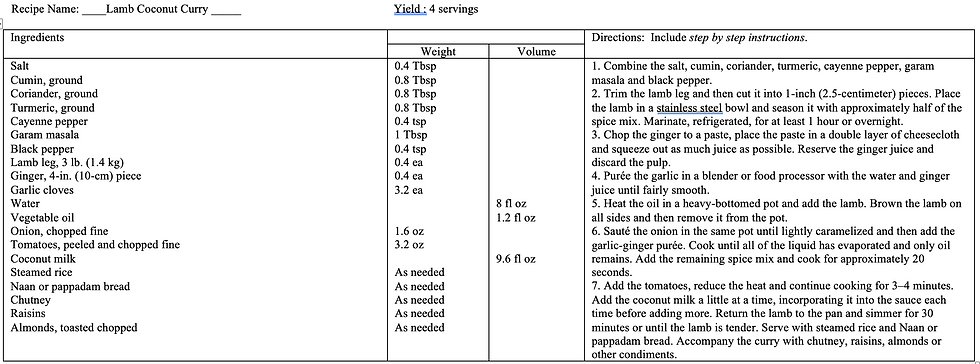

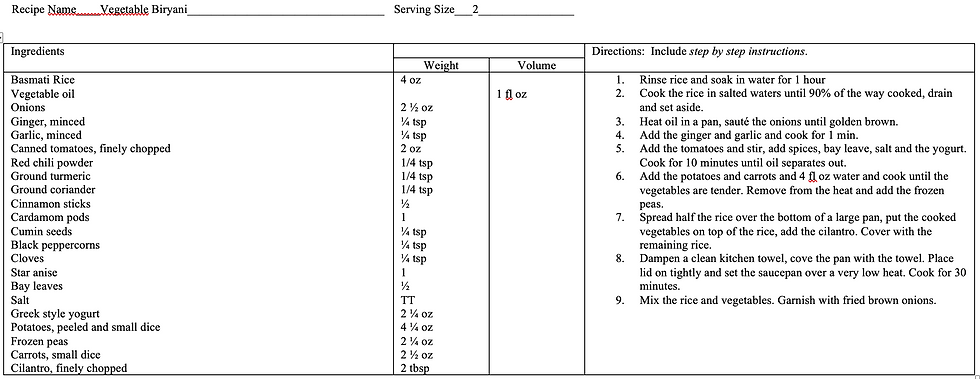
Plan of Work

Result
Describe how well the technique/cooking method worked
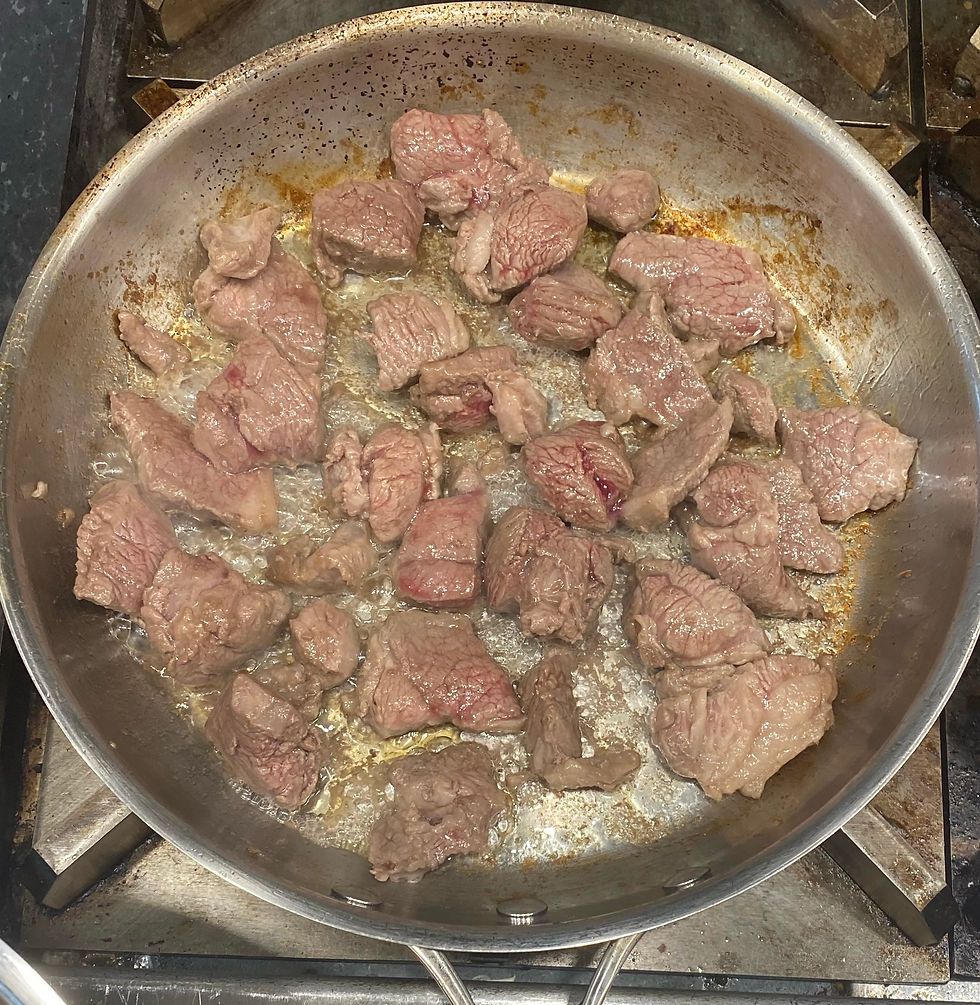
First, we started with Lamb Coconut Curry by sautéing onions and garlic in a large pot until softened. We added diced lamb and cooked until browned. Then, we stirred in curry powder, turmeric, cumin, and cayenne pepper, and cooked until fragrant. We added diced tomatoes, coconut milk, and chicken or vegetable broth, and brought the mixture to a simmer. We reduced the heat and let the curry simmer until the lamb was tender and the flavors had melded together.
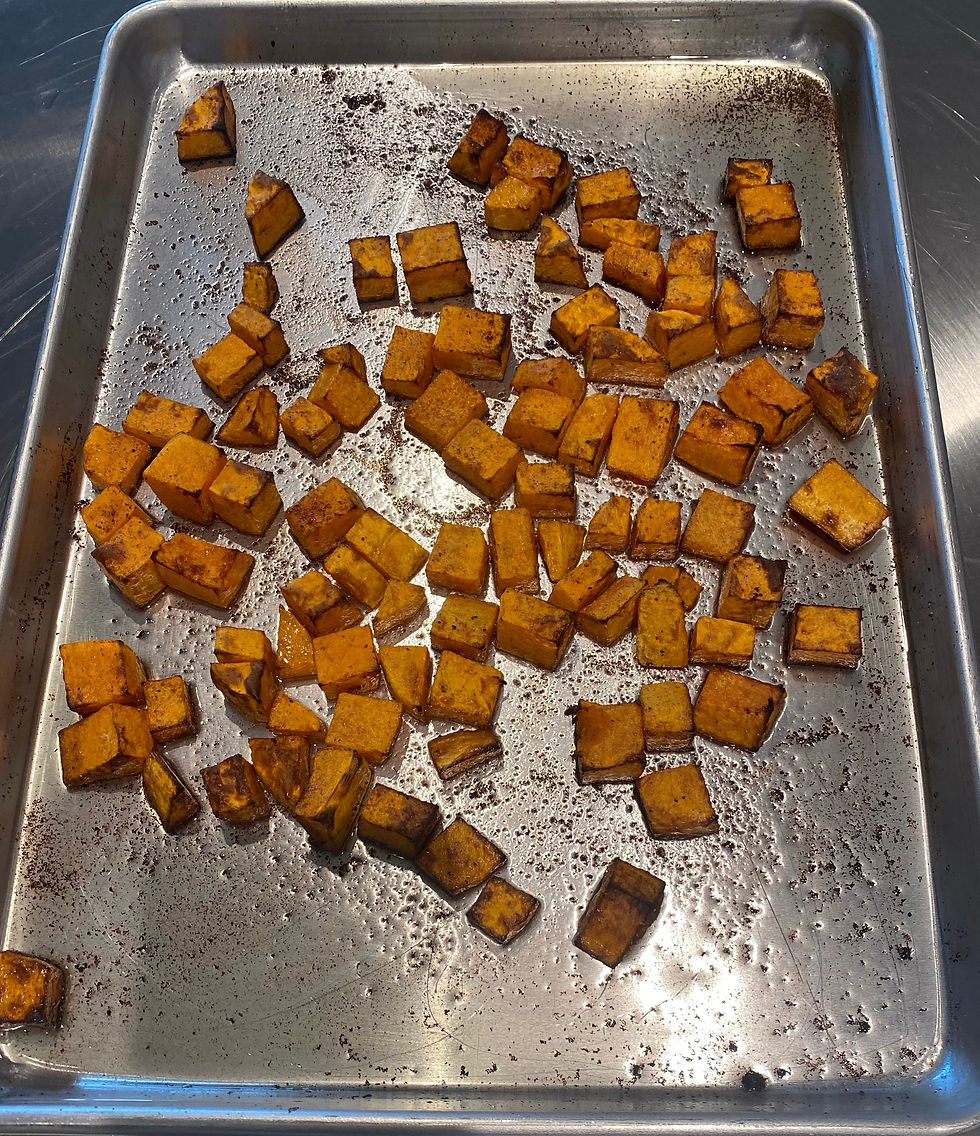
For Baked Butternut Squash, the squash was first peeled and diced, then seasoned with salt, pepper, and olive oil. Then we seasoned the squash and spread it out in a single layer on a baking sheet and roasted it in the oven until tender and caramelized. Finally, we made Vegetable Biryani by cooking basmati rice according to the package directions. Then, we sautéed onions, garlic, and ginger in a large pot, and added diced vegetables such as carrots, peas, and bell peppers. We stirred in garam masala, cumin, coriander, and turmeric, and cooked until fragrant. Then we layered the cooked rice and vegetable mixture in a baking dish and baked in the oven until heated through and the flavors had melded together.
Describe the sensory results of the dish
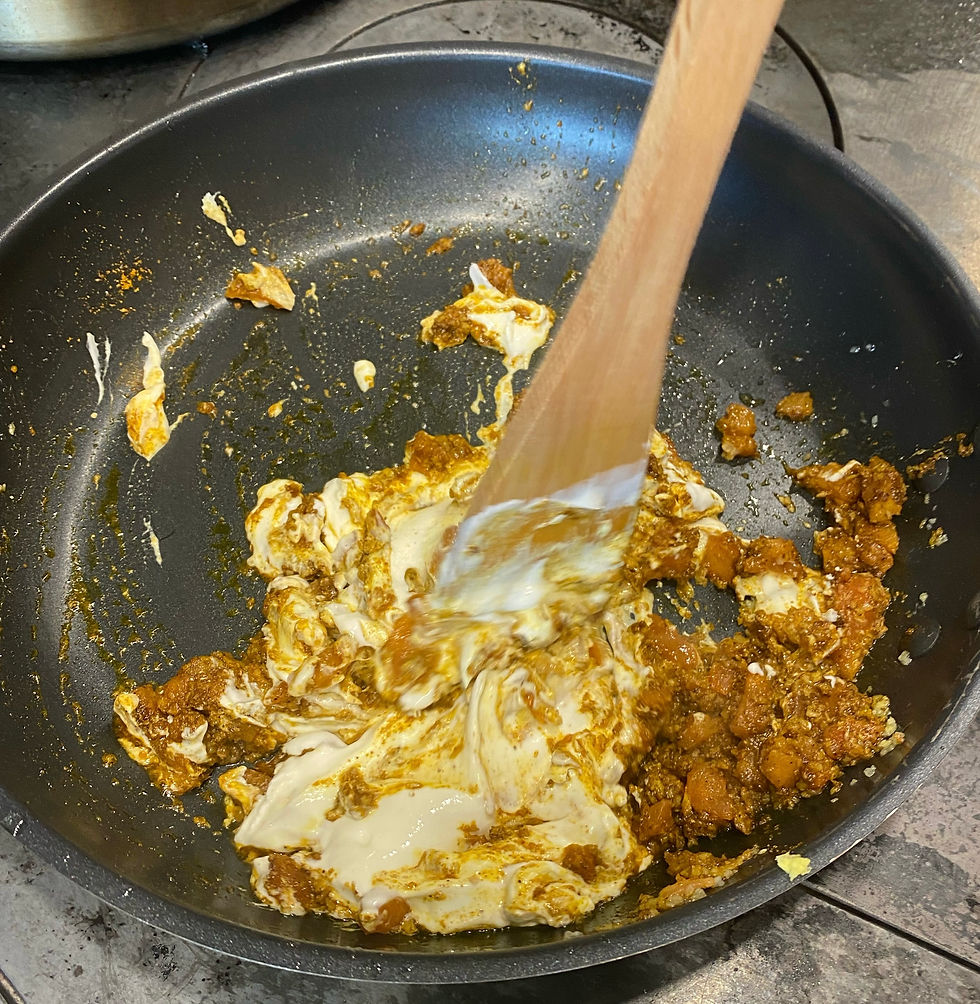
Lamb Coconut Curry is a savory and aromatic dish with a rich, creamy texture from the coconut milk. The tender chunks of lamb add a meaty flavor and texture, while the blend of spices, such as curry powder, turmeric, cumin, and cayenne pepper, give the dish a complex and slightly spicy taste. The appearance of the curry is a deep, warm orange color from the tomato and spices.
Baked Butternut Squash has a slightly sweet and nutty flavor with a creamy and tender texture. When roasted in the oven, the squash develops a caramelized exterior and a soft, melt-in-your-mouth interior. The appearance of the dish is a beautiful golden-orange color.
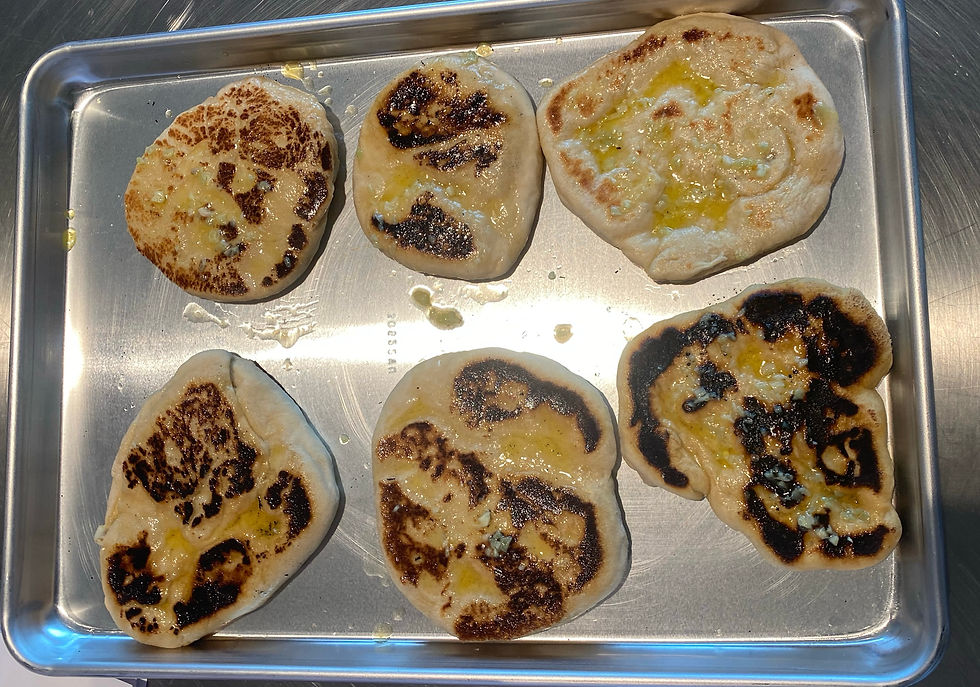
Vegetable Biryani is a fragrant and flavorful dish with a light and fluffy texture from the basmati rice. The vegetables, such as carrots, peas, and bell peppers, add a crunchy texture and a variety of flavors to the dish. The blend of spices, including garam masala, cumin, coriander, and turmeric, give the dish a warm and slightly spicy taste. The appearance of the biryani is a beautiful medley of colors from the various vegetables, and the fluffy rice is studded with herbs and spices.
Evaluation of results
Discuss the techniques that did work well
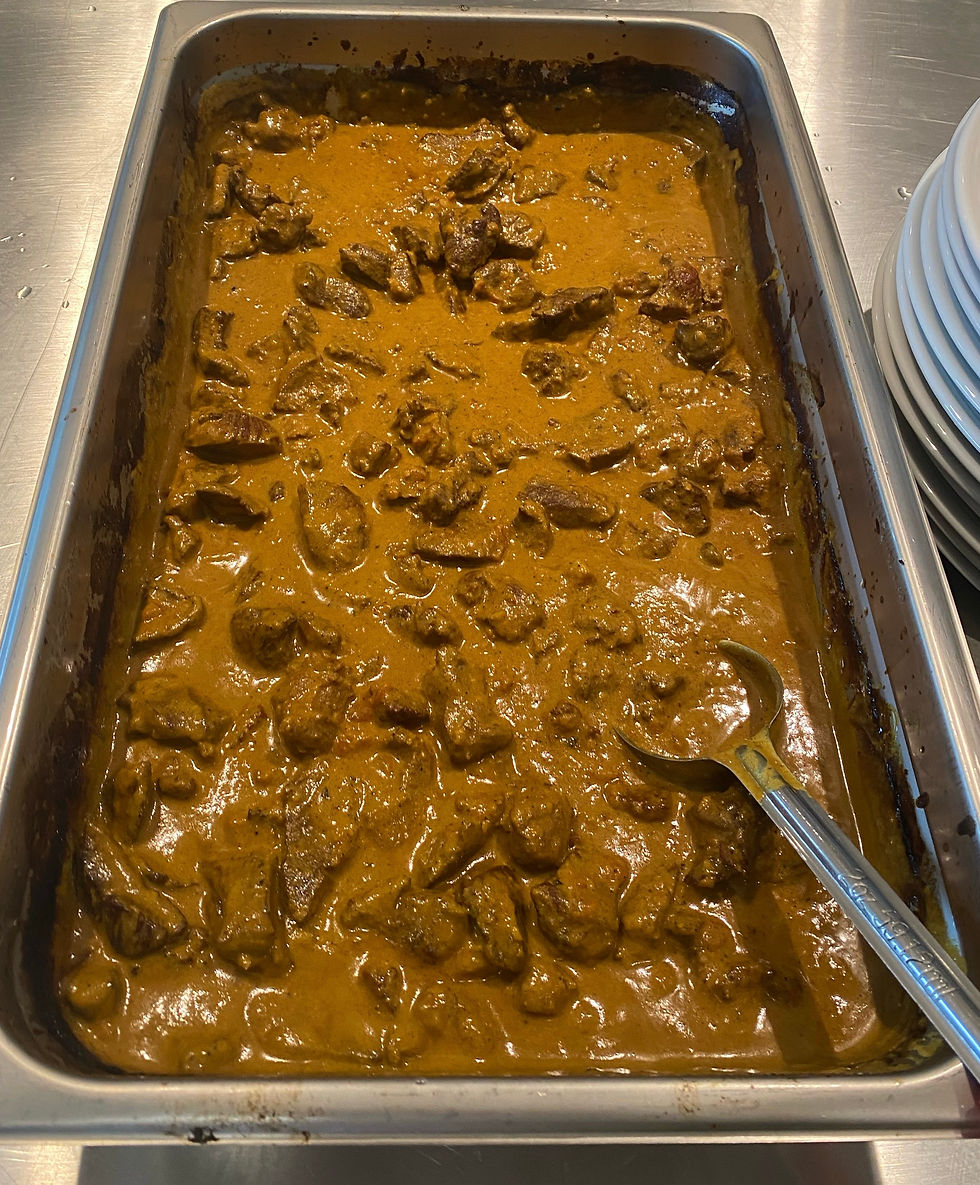
The techniques used in preparing the Lamb Coconut Curry, Baked Butternut Squash, and Vegetable Biryani were well-executed. The sautéing of onions and garlic until softened allowed for the development of a rich flavor base in the Lamb Coconut Curry. The addition of curry powder, turmeric, cumin, and cayenne pepper in the curry further enhanced its flavor profile. Roasting the butternut squash until tender and caramelized resulted in a delicious and visually appealing side dish. For the Vegetable Biryani, the sautéing of onions, garlic, and ginger with diced vegetables and spices until fragrant created a flavorful and aromatic base. Layering the cooked rice and vegetable mixture and baking until heated through allowed the flavors to meld together.
Conclusions
Making Lamb Coconut Curry, Baked Butternut Squash, and Vegetable Biryani in a cooking class can be a great way to learn and practice essential cooking techniques. The techniques involved in preparing these dishes, such as sautéing, roasting, and layering, can be applied to a wide range of recipes. Additionally, these dishes are flavorful and visually appealing, making them great options for entertaining or everyday meals. By mastering these techniques, we can gain confidence in the kitchen and develop a strong foundation for future culinary endeavors.
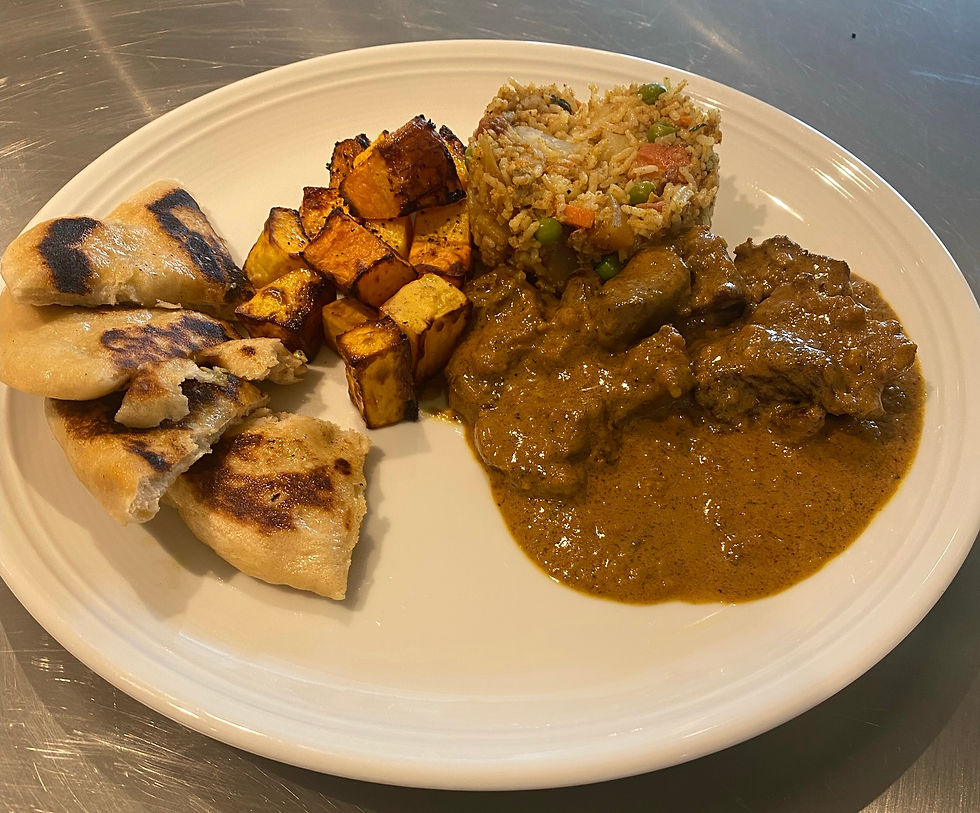




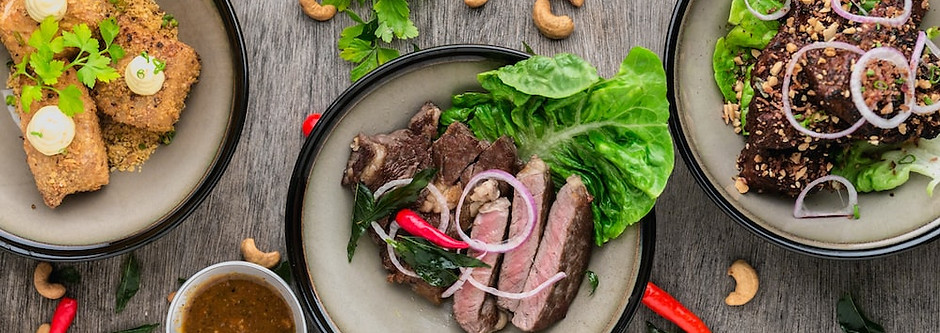
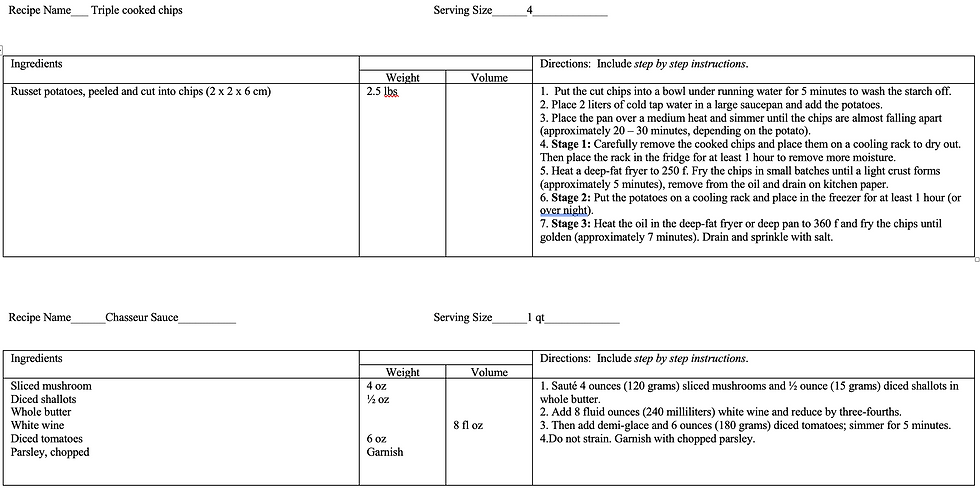

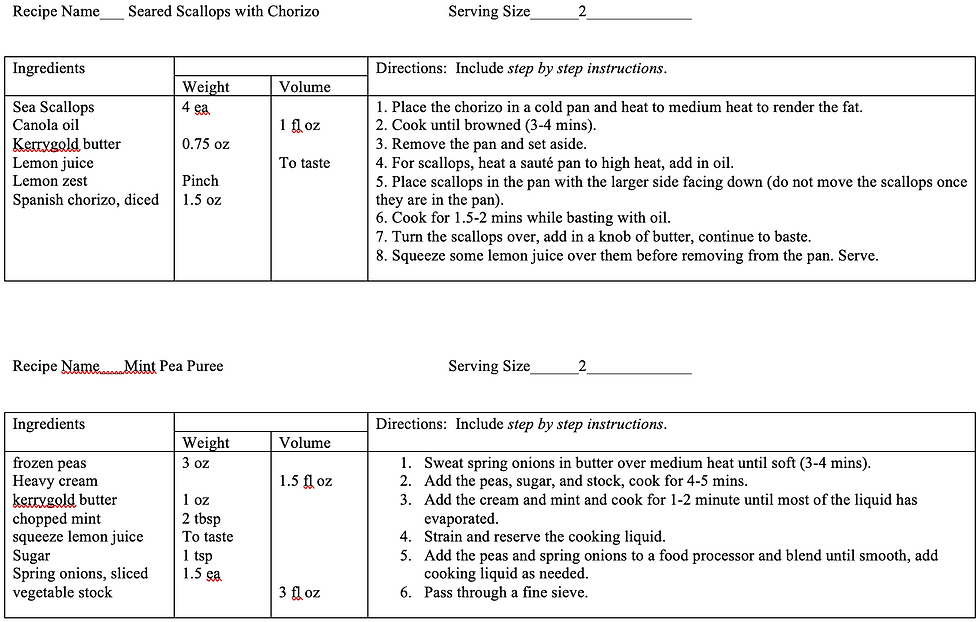
Comments